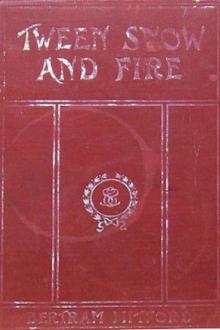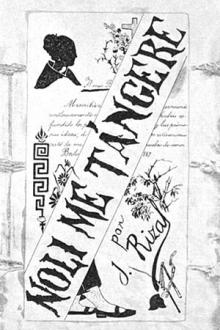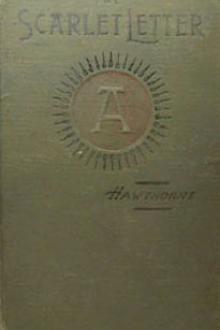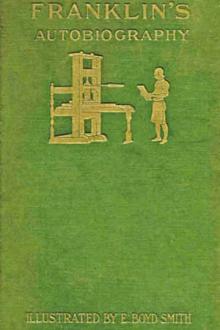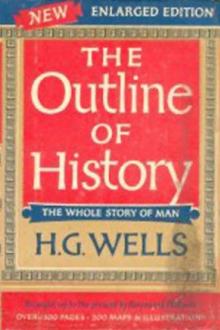From Xylographs to Lead Molds; A.D. 1440-A.D. 1921
From Xylographs to Lead Molds; A.D. 1440-A.D. 1921
Printing divulged to the masses the ancient classics which had been locked up in monasteries and accessible only to clerics and the nobility. The common people began to read. Education became popularized.This brochure is a brief history of the evolution from xylographs to the methods used today for duplicating a typographical printing surface in a solid piece.
Book Excerpt
and the shank was cast by another operation joining it to the character.
Enschede warns us, however, that his theories are simply those of a practical founder and not a bibliographer's. But since no tools used by those early printers and type-founders have come to light to prove or disprove him, his theory is as valuable as any others advanced as to the methods used for casting type in those primitive days of printing.
The shape of the type used as early as 1470 does not seem to differ materially from those of the present day. This is evident from old type which were discovered in 1878 in the bed of the river Saone, near Lyons, opposite the site of one of the fifteenth century printing-houses of that city.
Also a page in Joh. Neider's "Lepra Moralis" printed by Conrad Homburch in Cologne in 1476 shows the accidental impression of a type pulled up from its place in the course of printing by the ink-ball, and laid at length on the face of the form, leaving its exact profile indented upon t
FREE EBOOKS AND DEALS
(view all)Popular books in History
Readers reviews
0.0
LoginSign up
Be the first to review this book
Popular questions
(view all)Books added this week
(view all)
No books found
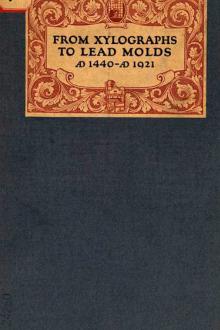
 Free Download
Free Download















